China cryptocurrency
The pricing data and asset descriptions are for general informational purposes only and are not investment advice. Buying, selling, and trading cryptocurrency involves risks. https://weststarrottweilers.com/ Past performance is not a reliable indicator of future results. Full returns are not guaranteed; excluding trading fees and changes in currency fluctuations, values change frequently, and past performance may not be repeated. For tokens not supported for trading on the Gemini Exchange, pricing data is provided by CoinGecko, a third party data provider, with no affiliation to Gemini. For tokens that are supported for trading on the Gemini Exchange, the prices quoted are provided directly by Gemini. Trading fees vary by product and order size. Please see our fee schedules .css-x52z4 .css-x52z4:hover here.
Here at CoinMarketCap, we work very hard to ensure that all the relevant and up-to-date information about cryptocurrencies, coins and tokens can be located in one easily discoverable place. From the very first day, the goal was for the site to be the number one location online for crypto market data, and we work hard to empower our users with our unbiased and accurate information.
The total crypto market volume over the last 24 hours is $239.35B, which makes a 14.14% increase. The total volume in DeFi is currently $11.59B, 4.84% of the total crypto market 24-hour volume. The volume of all stable coins is now $216.31B, which is 90.37% of the total crypto market 24-hour volume.
Cryptocurrency for beginners
As Jonathan puts it, “Digital currencies aren’t going anywhere… Whether that’s Bitcoin, or Stablecoins, or central bank digital currencies (CBDC) – their time is coming, as we see the move away from cash to cards and fast, contactless payments. The UK Government even recently announced their plans to make the UK a global cryptoasset technology hub.”
Blockchain and Cryptocurrency Explained is a beginner-level certificate course that takes approximately nine hours to complete. If you’re interested in starting a career in FinTech, you might benefit from earning a credential. The course is offered by the University of Michigan and explains how blockchain works and the strengths and weaknesses of cryptocurrency.
If you’re new to the world of digital currencies, don’t worry, you’re not alone! This cryptocurrency for beginners guide will break down the basics, explain how cryptocurrency works, and show you how to start investing safely. We’ll walk you through the essential steps, highlight cryptocurrency security tips, and help you understand the potential risks.
Often called the “silver to Bitcoin’s gold,” Litecoin is another reliable option for beginners. It offers faster transaction times and lower fees than Bitcoin, making it a practical cryptocurrency for smaller transactions.
Once you’ve decided on an exchange and a cryptocurrency, it’s time to secure your investment. You’ll need a cryptocurrency wallet to store your digital coins safely. Wallets can be online (hot) or offline (cold).

What is cryptocurrency mining
We are an independent, advertising-supported comparison service. Our goal is to help you make smarter financial decisions by providing you with interactive tools and financial calculators, publishing original and objective content, by enabling you to conduct research and compare information for free – so that you can make financial decisions with confidence.
In the early days of Bitcoin, desktop computers with ordinary CPUs dominated Bitcoin mining. However, they began taking a long time to discover the solution on the blockchain network as the algorithm’s difficulty level increased with time. According to some estimates, it would have taken “several hundred thousand years on average” using CPUs to find a valid block at the early 2015 difficulty level.
To be able to mine with some chance for success, you’ll need to invest in one of the top graphics processing units (GPUs, often called video cards) for your computer or an application-specific integrated circuit (ASIC). Capable GPUs can range in price from about $1,000 to $2,000; ASICs can cost much more, into the tens of thousands of dollars.
You’ll also notice the difficulty level for this block. The Bitcoin network aims to produce one block every 10 minutes or so. The system is designed to evaluate and adjust the mining difficulty every 2,016 blocks or roughly every two weeks (based on the number of participants). This doesn’t always result in a block time of 10 minutes, but it’s close.
Bitcoin has been adjusted by introducing upgrades and accepting input from layers that do much of the work off-chain, but it still has issues with scalability. When making adjustments, blockchain is surrounded by three central concerns: decentralization, security, and scalability. With current technology, one cannot be changed without affecting another. For example, if the Bitcoin blockchain were altered so that it could scale more effectively, it would likely decrease security and increase centralization.
As the difficulty and complexity of Bitcoin mining has increased, the computing power required has also gone up. Bitcoin mining consumes about 166.75 terawatt-hours of electricity each year, more than most countries, according to the Cambridge index. You’d need nine years’ worth of the typical U.S. household’s electricity to mine just one bitcoin as of August 2021.


